
Recycle for Life Project
The Prostheses Foundation project. It extends waste management from the source, passing on value to the foundation.
Have you ever thought about where used aluminium cans end up?
Many throw away used aluminium cans without realizing they can become new cans, looping over and over for our benefit.
To highlight the value of aluminium cans that hold your beverages, we invite you to look at the recycling process of aluminium cans from being tossed into the recycling bin to melting the can scraps into aluminium sheets for producing new cans.
It’s worth mentioning that you can be part of the aluminium can recycle process. After finishing your drink, wash the can, let it dry upside down, and then crush it to save space for storage and transportation before disposing of it in a recycling bin. You could also sell it to a scrap dealer or recycling shop. Additionally, you can donate them at various collection points.
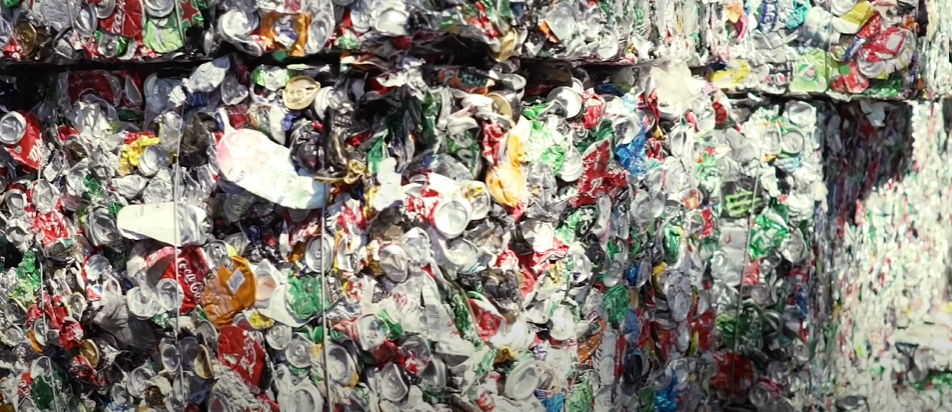
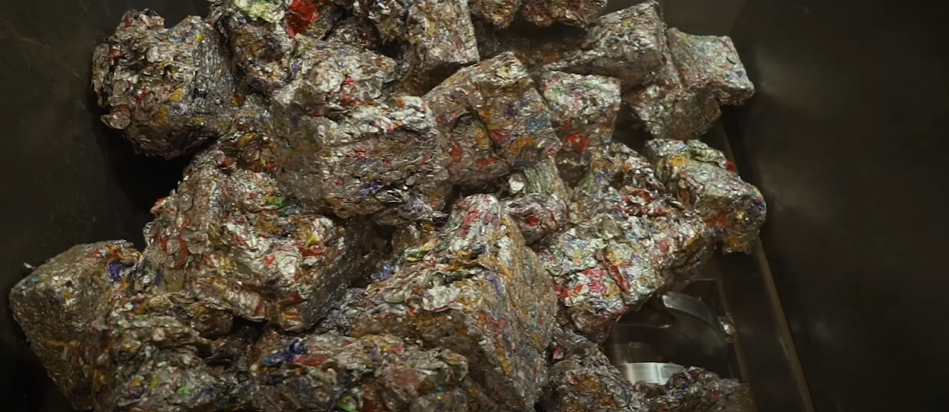
After use, waste collectors or small-scale collectors gather used aluminium cans and send them to large recycling plants. There, they separate other aluminium packaging, steel cans, and other materials that might mix with aluminium cans. The cans are then crushed to reduce size and baled into cubes to save space for transport and storage, ready to be sent to recycling plants.
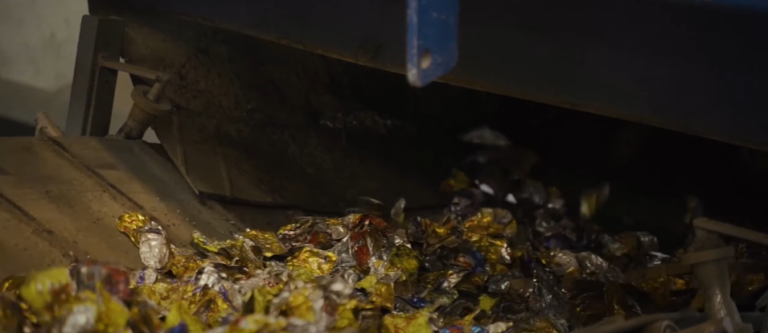
At the recycling plant, the process starts with shredding the baled aluminium scraps to break them into smaller pieces and recheck for any contaminants mixed with the aluminium cans. After that, it will be further sorted with large magnetic belts to prevent the inclusion of steel aerosol cans and other aluminium that may still be mixed with aluminium cans, as well as wood scraps, plastic scraps, soil, and sand.
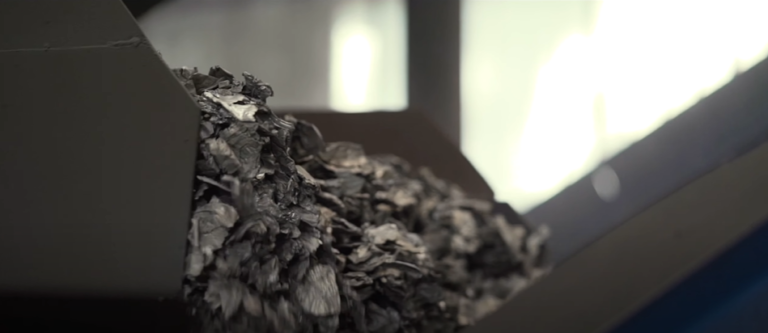
Next is the de-lacquering and cleaning stage to remove external paint and internal lacquer from the cans. This involves using a rotary kiln and gasification to transform the paint and any wood or plastic contaminants into fuel, creating heat energy that’s reused in the kiln, significantly reducing energy consumption.
The gasification system also minimizes pollution from the burning and de-lacquering process by recycling pollutants and heat back into the furnace, making this a highly efficient and quick method to prepare aluminium for recycling.
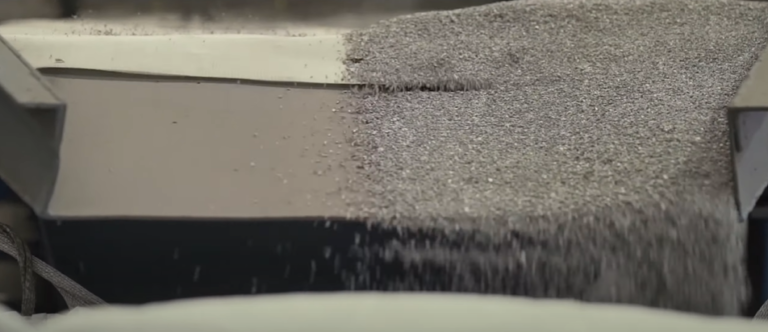
After the paint is removed, the material is ground and sifted to separate aluminium from the can bodies and can ends, as they consist of 2 types of aluminium alloys with different chemical properties. The aluminium is then compressed and rolled into thick sheets, resembling coins, and shipped to factories for melting and forming into new aluminium sheets.
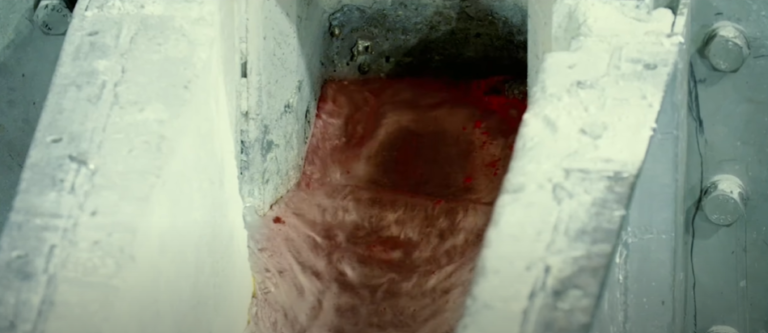
In the melting process, in furnaces reaching up to 700 degrees Celsius, the aluminium scraps undergo chemical adjustments, such as adding pure aluminium, magnesium, and silicon, to achieve the desired properties for various aluminium products.
For aluminium cans bodies and ends, even though they use the same aluminium material, they are actually made from different types of aluminium alloy or aluminium with different mineral element compositions. The cans typically use aluminium that is moderately strong but more flexible or ductile to facilitate shaping, while the lids use aluminium that is stronger or more rigid to allow for easy opening.


Afterwards, the aluminium is cast into slabs, followed by scraping to even out the surface of the aluminium rods. The rods are then heated again to prepare them for rolling into thin sheets.
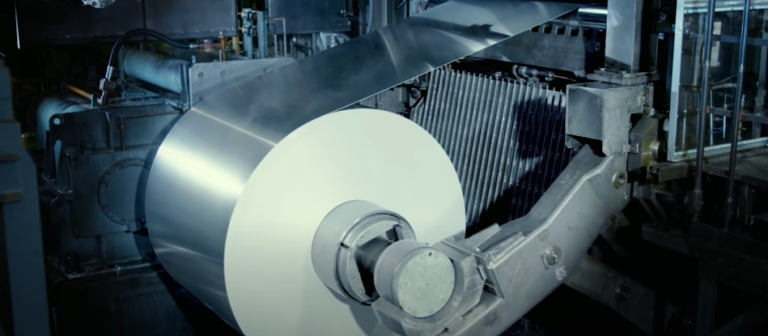
n the rolling process, a 4-tier rolling machine thins out a 30-ton, 500 mm thick aluminium rod into sheets only 50 mm thick. These sheets are then coiled into aluminium rolls approximately 20 kilometers long, enough to produce about 1,250,000 cans. The surface is then coated to remove grease and make the aluminium resistant to corrosion before being sent to aluminium can manufacturers to be made into new cans.Once the recycled material has gone through the entire process, it’s up to the aluminium can factories to produce the can bodies, lids, and pull rings. These use material from aluminium coils with up to 70% recycled content (see the aluminium can production process in the article on Aluminium Cans Production
This recycling process, turning recycled material into aluminium sheets for endless loop can production as described, is a challenging cycle to complete entirely within a country. However, Thailand has factories capable of performing these tasks within just 200 kilometers of each other, thanks to UACJ, a factory using advanced technology for aluminium raw material production. This makes Thailand one of the few countries in Asia, alongside Japan, China, and South Korea, and the only one in Southeast Asia, capable of efficiently closing the aluminium can recycling loop.
Thanks to valuable information from Thai Beverage Recycle , a major waste collector and sorter, Anglo Asia Group , a recognized aluminium can recycling factory with expertise, and UACJ (Thailand), a producer of aluminium raw materials using advanced Japanese technology.
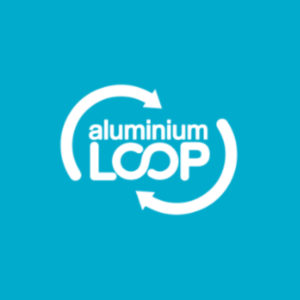

The Prostheses Foundation project. It extends waste management from the source, passing on value to the foundation.

What is the concept of a sustainable consumption society, and how can you be a part of it? Let’s learn together how to sustain our world.

Waste might seem like a distant issue, but if handled correctly, it can circle back and be useful again. What could push us towards better waste management though?